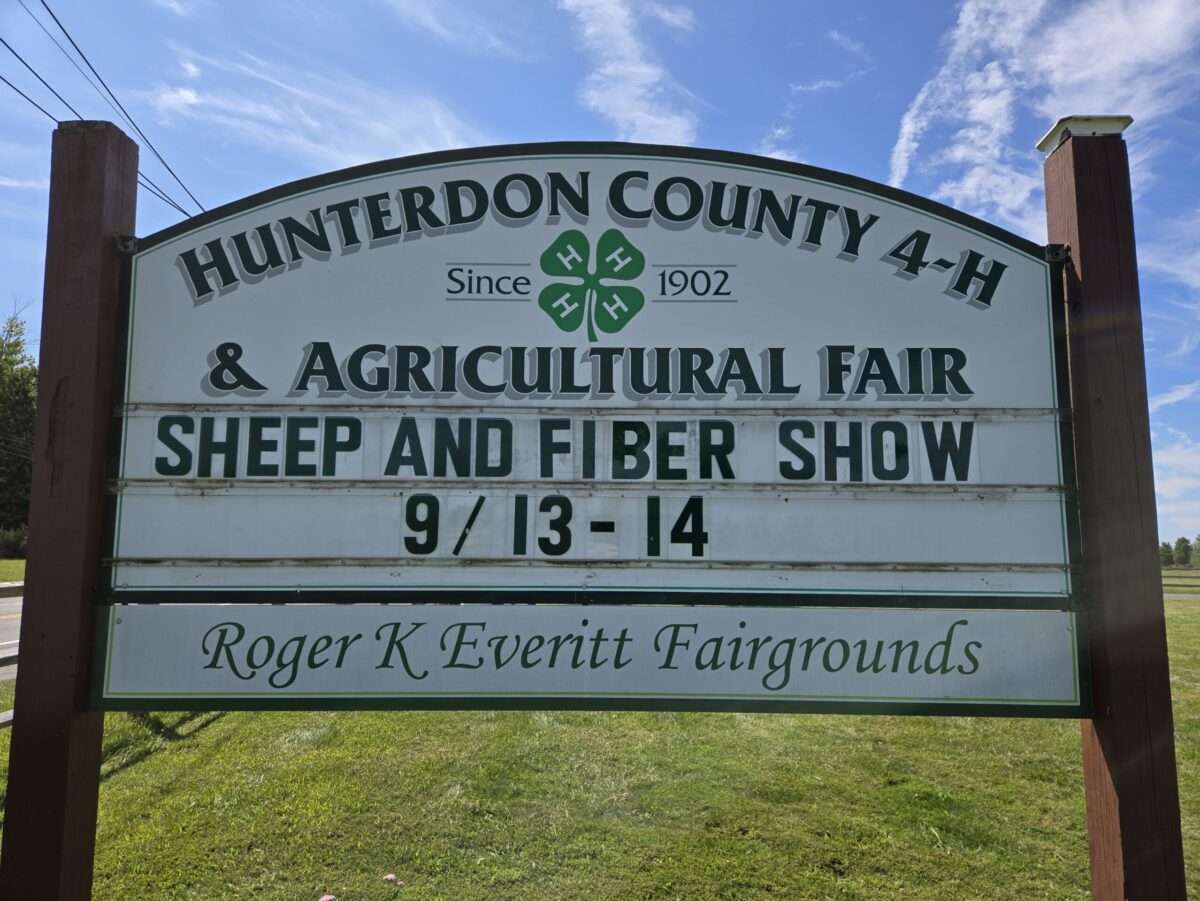Drovers published an article by Travis Meteer from the University of Illinois stating that every ton of hay contains approximately 40 pounds of N (nitrogen), 20 pounds of P (phosphorus) and 50 pounds of K (potassium). However, it is important to calculate N losses at about 75 percent, thus only about 10 pounds of N are returned to the soil. The values of P and K are accurate to what would be returned.
Fertilizer prices for Illinois published by USDA (May 12 report) are: N $0.40, P $0.34, K $0.29. Using current nutrient values, hay has a fertilizer value of $25.30 per dry ton. Assuming a 1,200-pound round bale is 15 percent moisture, the nutrient value per bale is $12.91.
If you are figuring what it costs to make hay on your farm, add mowing, raking and baling at $20.20 per bale (Machinery Cost Estimates, University of Illinois Extension, June 2015). As a result, a bale of hay sitting in the field costs $33.11.
Other costs would include removal of micronutrients, moving the bales from the field, some additional time and labor in handling the bales and the use of equipment to transport the hay. If yields are below average, nearly all costs increase. Hay storage can also be a substantial part of hay costs.
Source: cattlenetwork.com (from American Sheep Industry Weekly July 22, 2016)

